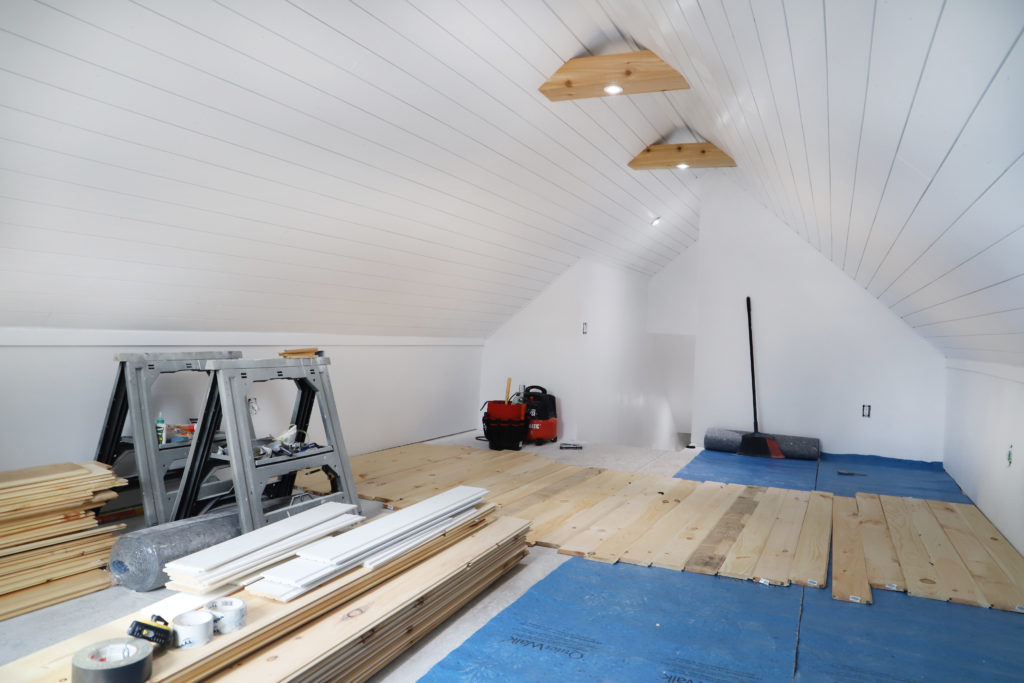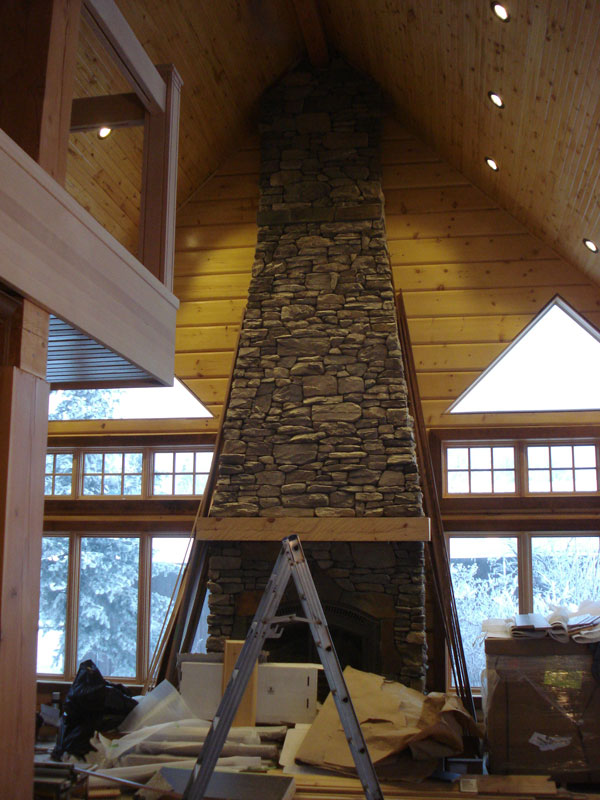I would do blown cellulose but my lady didn t like the dust factor when blowing just the air sealing alone lowered my heating bill this past winter with only half the house insulated to r 15.
How to seal tongue and groove in attic.
Tongue and groove paneling is a pleasing alternative to a wallboard ceiling particularly in a knee wall attic pine paneling is most common but any tongue and groove material can be used these materials are typically x to jf thick and are attached directly to ceiling joists and rafters over faced insulation when required most codes require.
A paint pad cuts out bubbles and allows you to spread the polyurethane evenly and quickly so it s the recommended tool.
We did some research and tests and found that the big str.
1 you re usually working over your head.
The boards also are visible from the attic.
Place the first sheet of flooring against the attic wall and check for square.
How do we seal up the gaps so insulation dust and bugs don t drop into the living areas.
We had wood particles and dust falling from our tongue and groove ceiling due to some widened gaps.
Most latex polyurethanes are thin and somewhat milky but will dry to a crystal clear finish.
When we removed the old ceiling tiles we found tongue and groove boards but the years have left gaps of up to a half inch between them.
We want to add recessed lights in the ceiling and insulation in the attic.
Fwiw i just removed all the insulation r 3 to r 6 in my attic air sealed and am re insulating with rock wool batts.
Using an acrylic latex polyurethane you can seal your tongue and groove pine paneling with a foam paint roller brush or paint pad.
Begin laying the tongue and groove chipboard in the furthest corner from the attic access.




























